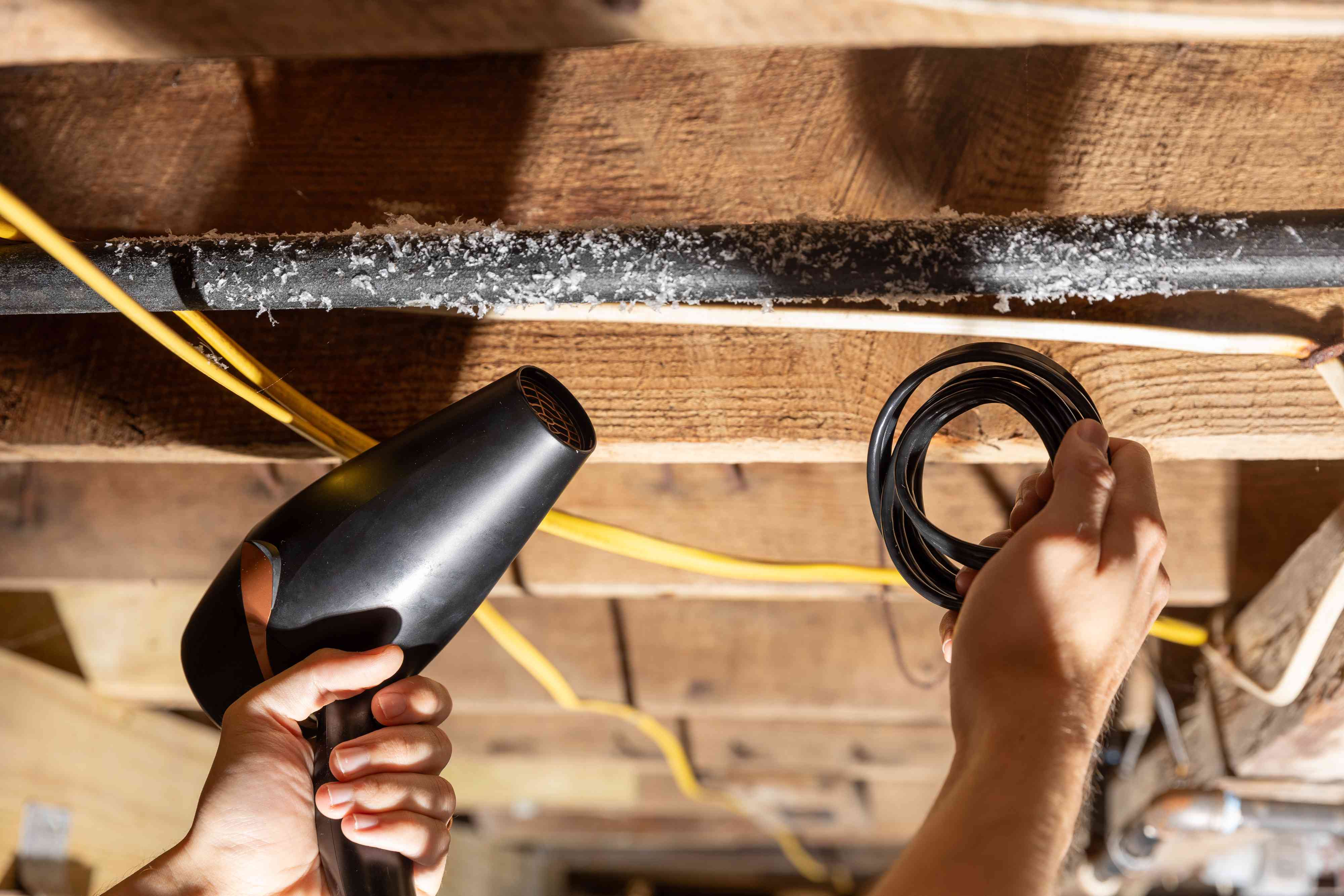Winter’s icy grip can bring more than just a drop in temperature; it can lead to the dreaded problem of frozen pipes in your home. Frozen pipes are not just an inconvenience; they can burst, leading to costly repairs and significant water damage. This blog post will guide you through preventing frozen pipes and what to do if they occur.
Understanding Frozen Pipes
When the temperature drops significantly, water in your pipes can freeze. This creates pressure between the ice blockage and the closed faucet, which can cause pipes to burst. Pipes most at risk are those in unheated interior spaces like basements, attics, and garages, as well as pipes running through exterior walls.
Preventing Frozen Pipes
- Insulate Pipes
- Insulate pipes, especially those in vulnerable areas, with foam pipe insulation. Pay extra attention to pipes in unheated or external areas.
- Keep the Heat On
- Keep your home heated to a consistent temperature day and night. Even if you’re away, set the thermostat no lower than 55°F (13°C) to prevent freezing.
- Let Faucets Drip
- Allow a trickle of water to run from faucets connected to exposed pipes. The continuous flow helps prevent freezing.
- Seal Cracks and Openings
- Seal gaps around holes where pipes run through walls or floors, especially where the hole is letting in cold air.
- Open Cabinet Doors
- Open cabinet doors under sinks and where pipes are located to allow warmer air to circulate around the plumbing.
- Drain Outdoor Water Lines
- Before winter, drain water from swimming pool lines and outdoor hoses, and shut off the inside valves supplying outdoor hose bibs.
What to Do If Pipes Freeze
- Identify the Frozen Pipe
- Look for frost on the pipes or pipes that feel unusually cold. Turn on faucets; if little or no water comes out, the pipe leading to it may be frozen.
- Thaw the Pipe Safely
- Use a hair dryer, heat lamp, or portable space heater to thaw the pipe. Never use open flame devices like blowtorches.
- Keep the Faucet Open
- As you treat the frozen pipe and the frozen area begins to melt, water will flow through. Running water helps melt ice in the pipe.
- Check for Leaks
- Once the pipes have thawed, check for leaks to ensure that the pipes have not cracked or burst.
Professional Help
If you can’t locate the frozen area, if the area is not accessible, or if you can’t thaw the pipe, call a licensed plumber.
Final Thoughts
Frozen pipes are a common but preventable winter problem. By taking proactive measures and knowing how to respond if pipes do freeze, you can protect your home from damage and save yourself the headache and costs of repairs. Stay warm and stay prepared this winter!


